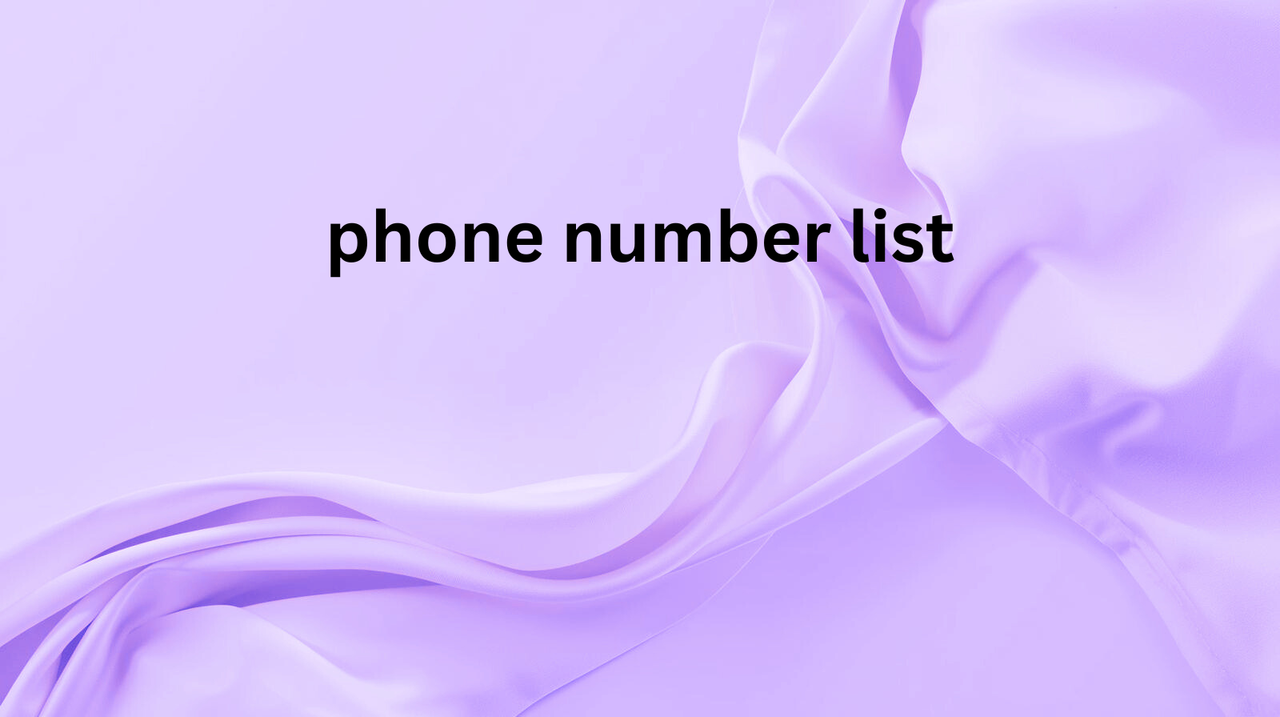In the world of digital marketing, content is everywhere—but only a few pieces truly convert. What separates words that simply inform from those that inspire action? The answer lies in high-converting copy—strategically written text that connects emotionally, builds trust, and motivates readers to act. Unlocking this secret involves mastering psychology, empathy, and clarity.
Understanding What Makes Copy Convert
High-converting copy isn’t just about flashy phone number list headlines or persuasive buzzwords. It’s about understanding the reader’s mindset. Every purchase, subscription, or click begins with a need or desire. The most effective copywriters identify that underlying motivation and speak directly to it.
Instead of focusing on what a product does, great copy highlights what it means to the reader. For example, “Our software saves time” becomes “Reclaim hours in your day to focus on what truly matters.” The latter shifts attention from features to benefits—something every successful marketer must master.

The Emotional Connection
Emotion drives action. Whether it’s curiosity, excitement, relief, or trust, great copy taps into how readers feel. Studies show that emotional language influences decision-making far more than logic alone. Words like discover, imagine, and transform create a sense of possibility, while phrases such as you deserve or finally achieve resonate with readers’ desires and pain points.
At its core, emotional connection isn’t manipulation—it’s empathy. When you demonstrate that you understand your audience’s struggles and goals, your message becomes personal and believable.
The Role of Clarity and Simplicity
Clarity is one of the most overlooked secrets of high-converting copy. Many marketers try too hard to sound clever, but complexity can confuse readers and kill conversions. Simplicity, on the other hand, builds trust.
The best copy speaks plainly, using words your audience already uses. Avoid jargon and long sentences; focus on being direct and conversational. Remember, the easier it is for readers to understand your message, the more likely they are to act.
Storytelling That Sells
People don’t buy products—they buy stories. A compelling story helps readers visualize success and feel emotionally invested. By showing transformation—where they were, where they are now, and where your product can take them—you make your offer relatable and memorable.
For instance, instead of saying, “Our course teaches marketing,” say, “Thousands of entrepreneurs started with zero experience—and now run thriving online businesses using our proven marketing system.” Storytelling transforms facts into inspiration.
The Perfect Call to Action (CTA)
Every piece of high-converting copy ends with a clear and motivating CTA. This is where you guide readers toward the next step—whether it’s signing up, purchasing, or learning more.